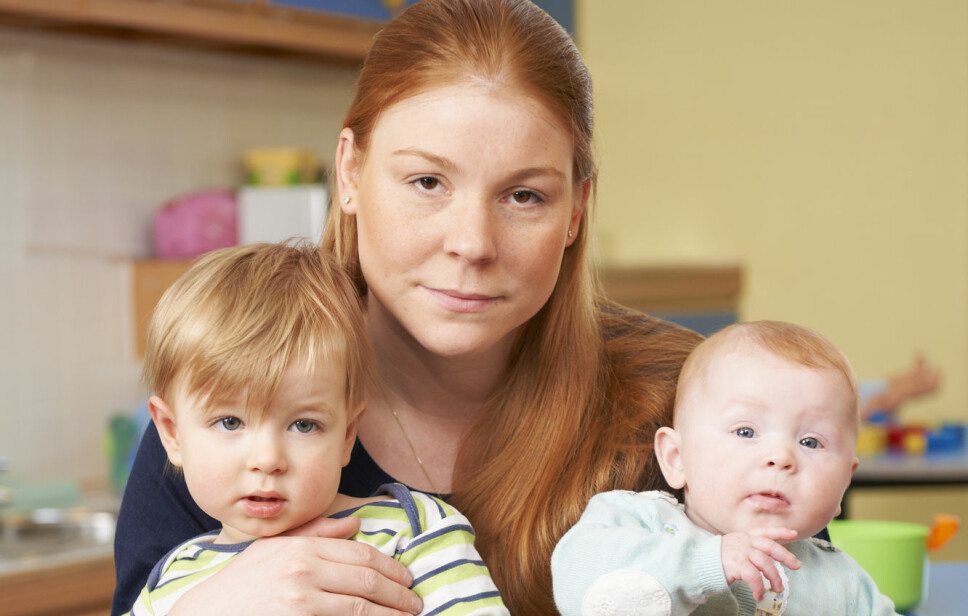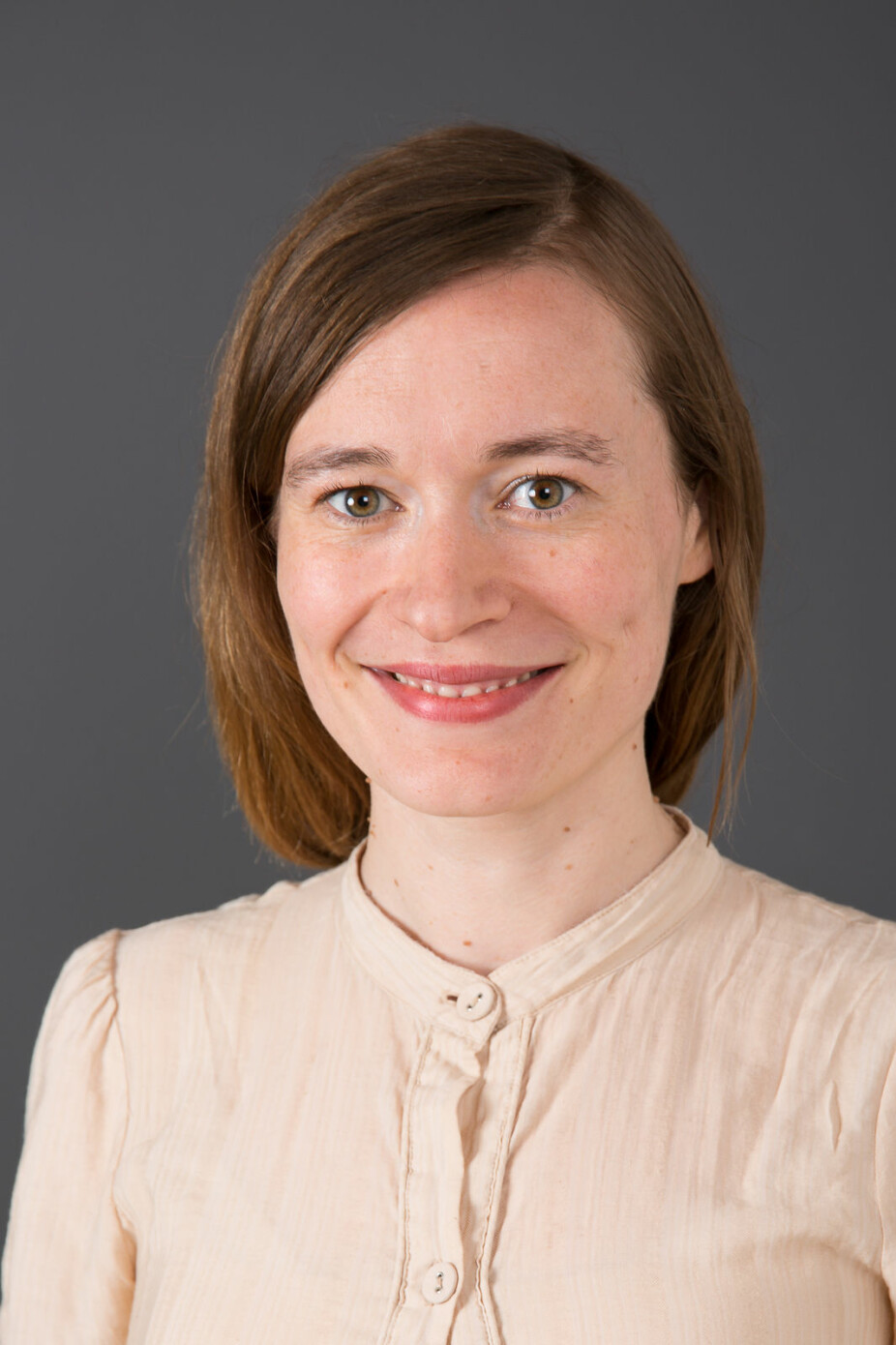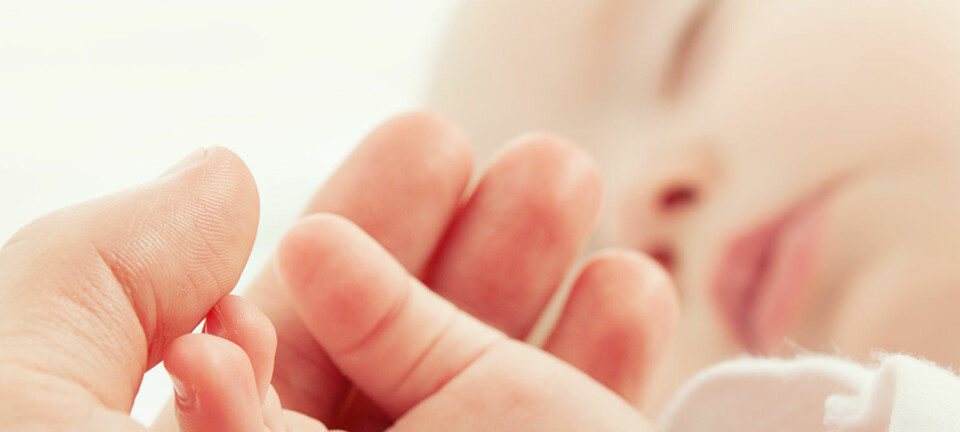
Why aren't Norwegian women having more than two children?
The main reason for the low birth rates in Norway is not that the number of childless adults is increasing, but that fewer people who have two children choose to have a third.
Norwegian women are having fewer and fewer children.
This is happening despite Prime Minister Erna Solberg strongly urging Norwegian women to have more.
What is the reason? Is it too tiring to have children? Too expensive? Are women choosing to pursue their education and work for so long that they are over thirty before having their first child?
Or are involuntarily childless men contributing to the dropping fertility rates?
According to researchers from the Norwegian Institute for Social Research, the main reason for the low birth rates in Norway is not that the number of childless adults is increasing, but that fewer adults with two children choose to have a third, reports an Aftenposten newspaper article.
Fewer women are giving birth to more than two children. Why do we not get more?
Stable two-child norm
Norway has had a “two-child norm” for a long time.

Astri Syse, a researcher at Statistics Norway, defines the two-child norm as the opinion within the population that two children are the ideal.
“It’s the idea, for example, that a family can take care of two children well and that it’s good for children to have siblings,” she says.
Ever since World War II, the majority of childbearing women in Norway have given birth to two children. The percentage has been relatively stable at 41 to 42 per cent.
Previously, more women also had three, four or five children. And fewer had only one or none.
Current Statistics Norway data shows that 42 per cent of women who have reached the age of 45 have two children. Fifteen per cent have one child and 22 per cent have three children. Seven percent have four or more children.
And almost 14 per cent have not given birth to any children.
We want more children than we actually have
Researchers Sara Cools and Marte Strøm at the Norwegian Institute for Social Research (ISF) have surveyed more than 7600 men and women between the ages of 24 and 46 about how many children they want. And why they don't have more.
It seems that the two-child norm may not necessarily reflect what people want.
If we’re to believe the ISF study, many couples actually have fewer children than they would like.
And there are clearly more women than men who want more than two children. Whereas 34 per cent of women want to have three children, only 25 per cent of men want the same.
Fully 50 per cent of men think two children are enough.
12 reasons not to have children
Cools and Hart also asked respondents what matters to them when deciding whether or not to have more children.
The researchers gave the participants twelve possible reasons not to have more children:
1. I didn't want any more children.
2. Partner did not want more children.
3. We did not succeed in having (more) children.
4. The relationship was dissolved.
5. More children would compromise the ability to care for older siblings.
6. Children cost too much for things like food, clothing and leisure activities.
7. More children would require a bigger house.
8. More children would have compromised my partner's or my health.
9. The burden of pregnancy and childbirth is too great.
10. The sleep burden of having young children is too great.
11. I'm worried about the future.
12. I didn't want any more kids for the sake of the environment.
Participants then had to agree or disagree with the statements.
Physical and financial stress too much
"The main reason from the list that men and women gave as to why they don’t have more children was their own and their partners' wishes," Sara Cools said.
People simply do not want to have more children.

The respondents who did not yet see themselves having children said the physical and financial burdens weigh most heavily: sleep deprivation, the burden of pregnancy and childbirth, the need for a larger house and a car, and general consumption costs.
Here a small gender difference crops up. Economic costs are relatively more important for men, while physical costs are relatively more important for women, according to the report.
Two kids are just manageable
Sara Cools has spent a lot of time studying fertility issues in Norway.
One of her published studies looks at how working life impacts the number of children.
“Getting our working life to sync up with our home life is a pretty delicate balance. A lot of people find that having two kids and meaningful jobs for both parents is just barely manageable,” says Cools.
Having three children could disrupt this balance, she says.
“I think the model we have now is a factor. We have kindergartens, after-school activities, organized free-time activities and other offerings. Precisely because all these schemes are in place that allow parents to both have full-time jobs, having a third child can feel risky. Their lives could suddenly become much more difficult."
Why do people only have two children?
Statistics researcher Astri Syse believes the number of children in many ways reflects who we are and who we want to be – how should we raise our children and what opportunities do we want them to have?
“If we want our children to be successful and have the opportunity to participate in activities, this requires raising them differently than was done in the 1960s and 1970s,” says Syse.
She thinks it also has to do with people’s personal finances.
“A lot of people also know that two children are what they can afford, because having children has a financial cost,” Syse says.
“Families that go from two to three children often need larger homes or apartments, and especially larger cars. Activities and holidays also become significantly more expensive,” she says.
When will the one-child norm happen?
The fertility rate is currently 1.53 children per woman. This is an average figure, and tells us how many children a woman will give birth to, on average, during her fertile years. The number is historically low.
Does this mean that only one child will become the norm in Norway?
No, says Syse. The survey done by the Institute for Social Research shows that many men and women want more than one child, so it’s unlikely that people will only have one child in the future.
If the number of people with one child increases over time, she believes this has other causes.
“The fact that women are starting to have children later makes it more difficult to conceive a second child. The risk of having sick children also increases, which can lead families to content themselves with having one child,” says Syse.
Another reason may be that both men and women find it more difficult than they thought to combine children, work, an active social life and a happy relationship.
“And so they are satisfied with one child,” she says.
Three children less common in the future, too
Syse is responsible for the population projections in Norway.
The projections assume that women will continue to have one or two children just as they are doing today. But fewer women will have a third child.
They believe that fertility will increase somewhat in the long run.
“However, we don’t think that women will average two children in the future – so we’ve set the number at around 1.75,” says Syse.
What about childless adults?
In addition to fewer women having three or more children, there are also more women who are childless now than before.
Of people born in 1935, about 10 per cent of women did not have children. Of those born in 1974 and who are now 46, about 14 per cent are childless.
Researchers do not know any more than that about childless women – at least not yet.
“We don’t know whether these are women who don’t want to have children, or whether they are women who haven’t found a partner they want to have as a father to their child,” Syse says.
“Today, fathers have strong rights. If you have a child with someone, you’re tied to this person until the child turns 18,” she says.
How does the corona crisis factor in to fertility?
“In these corona times it’s also interesting to consider how fertility will be affected in the future,” says Syse.
Previous research shows that economic uncertainty reduces fertility.
“We saw this most recently during the economic crises of the 1990s and since 2009,” she says.
“In these times, while families are gathered at home without the help of teachers and preschool teachers, there may be fewer parents who want more than one or two children,” she adds.
Few indications that climate anxiety plays a role
The ISF researchers also posed questions about the future, and whether uncertainty about our climate affects people's desire for children.
Respondents were asked to agree or disagree with the statements, "I am worried about the future" and "I would not have more children for the sake of the environment."
“Environmental considerations are far down on the list of relevant reasons not to have more children, for both men and women,” says Cools.
Men were perhaps a little more concerned about the future than women. And people without children and who chose not to have children at all, were the most concerned about the environment.
Translated by: Ingrid P. Nuse
Reference:
Sara Cools and Marte Strøm: Ønsker om barn – en spørreundersøkelse om fertilitet, arbeidsliv og familiepolitikk (English summary, p.11: Child wishes – a survey on fertility, working life and family policy). Norwegian Institute for Social Research. February 2020. ISBN: 978-82-7763—671-9
Brita Bye et al.: Økonomisk utsyn over året 2019 (Economic outlook for the year 2019), in Norwegian only. Statistics Norway. March 2020.
———
Read the Norwegian version of this article on forskning.no
































